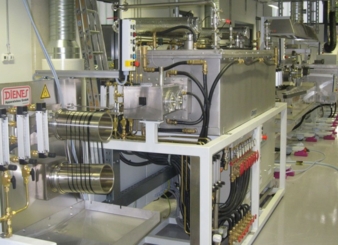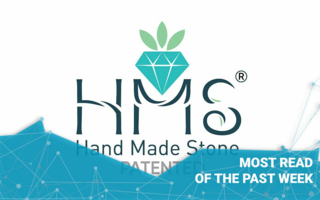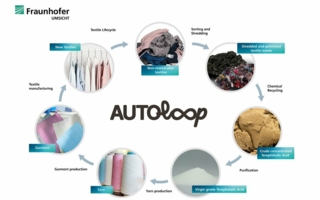12/03/2015 – High Performance Fiber Center (HPFC) — auf Deutsch lesen
Tailored carbon fibres
Improving carbon fibres made from alternative precursors is one of the research aims at the High Performance Fiber Center (HPFC) in Denkendorf.
The research is based on a globally unique machine concept whose individual components can be integrated in the process or left out. This new technology will pave the way for developing carbon fibres with unprecedented property profiles from alternative precursor materials.
Special processing steps make it possible to produce enhanced carbon fibres with controlled and reproducibly altered molecular structures. Carbon fibres are conventionally produced in several steps. The most common base material to be used is polyacrylonitrile. Besides acrylonitrile, the Institute for Textile Chemicals and Man-Made Fibres in Denkendorf (ITCF) is is also channelling its research efforts into economically more viable precursors such as lignin, cellulose and polyethylene as useful alternatives in the production of carbon fibres.
In the first step, the base materials are melt-spun into so-called precursor fibres. The latter then have to be transformed into carbon fibres in two subsequent production steps – and two separate machine sections. Prior to carbonisation, the precursor fibres have to be stabilised in a high-temperature oven. This step is needed to alter the molecular structure in such a way that the fibres can withstand the subsequent thermal stresses of carbonisation without disintegrating.
Several processes are available for this bonding or stabilisation process. The actual carbonisation procedure takes place in a dedicated processing line. It consists of a series of carbonisation furnaces and a post surface-treatment unit. During this electro-chemical treatment process, the surface of the carbon fibre is endowed with functional groups as it is immersed in a galvanic bath to increase the adhesive properties of the fibre matrix and thus the strength of the composite material (important when used as a reinforcement fibre in composites).




